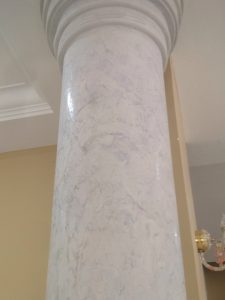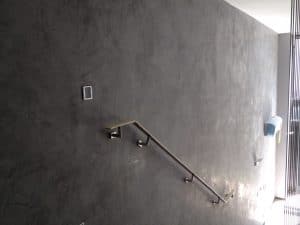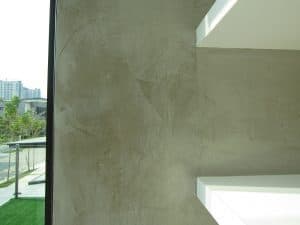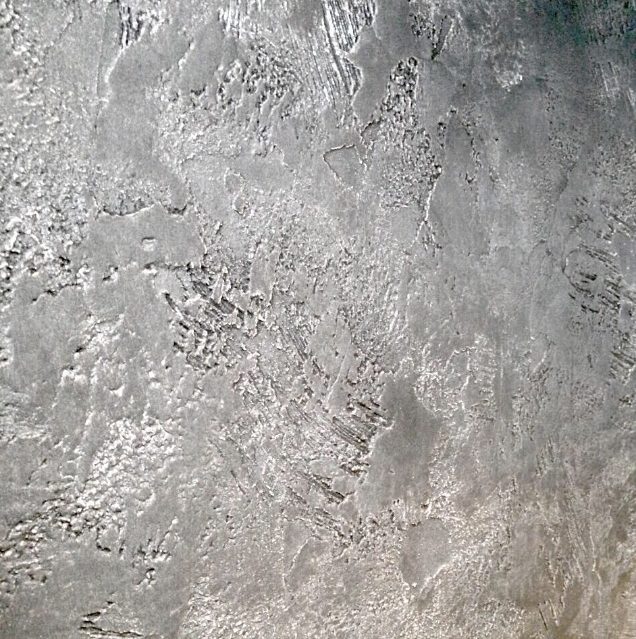Why Venetian Plaster is gaining popularity?
Apart from being one-of-a-kind finish yet exudes beauty and luxury, venetian plaster has many benefits. This explains why it is becoming increasingly popular as more people discover its many benefits.
Whether you’re looking for old-world charm or modern glamour, Venetian plaster can help you achieve the look you want. This versatile material can be used to create a variety of different finishes, from smooth and glossy to rough and textured.
Environmental friendly
Venetian plaster been used for centuries in Italy (hence the name) and has only recently begun gaining popularity in the United States and increasing interest in Australia. Not only does Venetian plaster look beautiful, it also has a number of environmental benefits as the main ingredients made of all natural and non-toxic materials. It doesn't contain any harmful chemicals or very minimal VOCs (volatile organic compounds).
Durable
Venetian plaster: the surprisingly durable wall finish. This centuries-old wall covering is made from a mixture of lime, water and sand, and can last for hundreds of years with proper care.
Despite its durability, Venetian plaster is not indestructible. It can be scratched or chipped if something hits it hard enough. But overall, it is a very tough finish that can withstand a lot of wear and tear.
If you're looking for a finish that will last for generations, Venetian plaster is a great option. It's also a beautiful finish that adds a touch of luxury to any space.
Sustainable
Venetian plaster Calcium carbonate (CaCO3) is a sustainable building material that has been used for centuries. It is made from limestone, which is a renewable resource, and it can be recycled back into limestone when it is no longer needed.
CaCO3 is also very durable, so it can last for many years without needing to be replaced.
There are many benefits to using calcium carbonate as a building material. It is fire-resistant, pest-resistant, and does not emit harmful chemicals. It is also very efficient at absorbing sound and heat, making it ideal for use in buildings where these things are important.
Handmade finish
Venetian plaster is made from a compound of water, lime, and sand. It can be applied to walls or ceilings, where it dries to form a smooth, hard surface that is resistant to mold and mildew. Venetian plaster is extremely durable, and will not crack or fade over time. It can also be tinted in a wide range of colors - from pale pastels to bold jewel tones. If you're looking for an alternative to drywall, Venetian plaster is the perfect choice.










